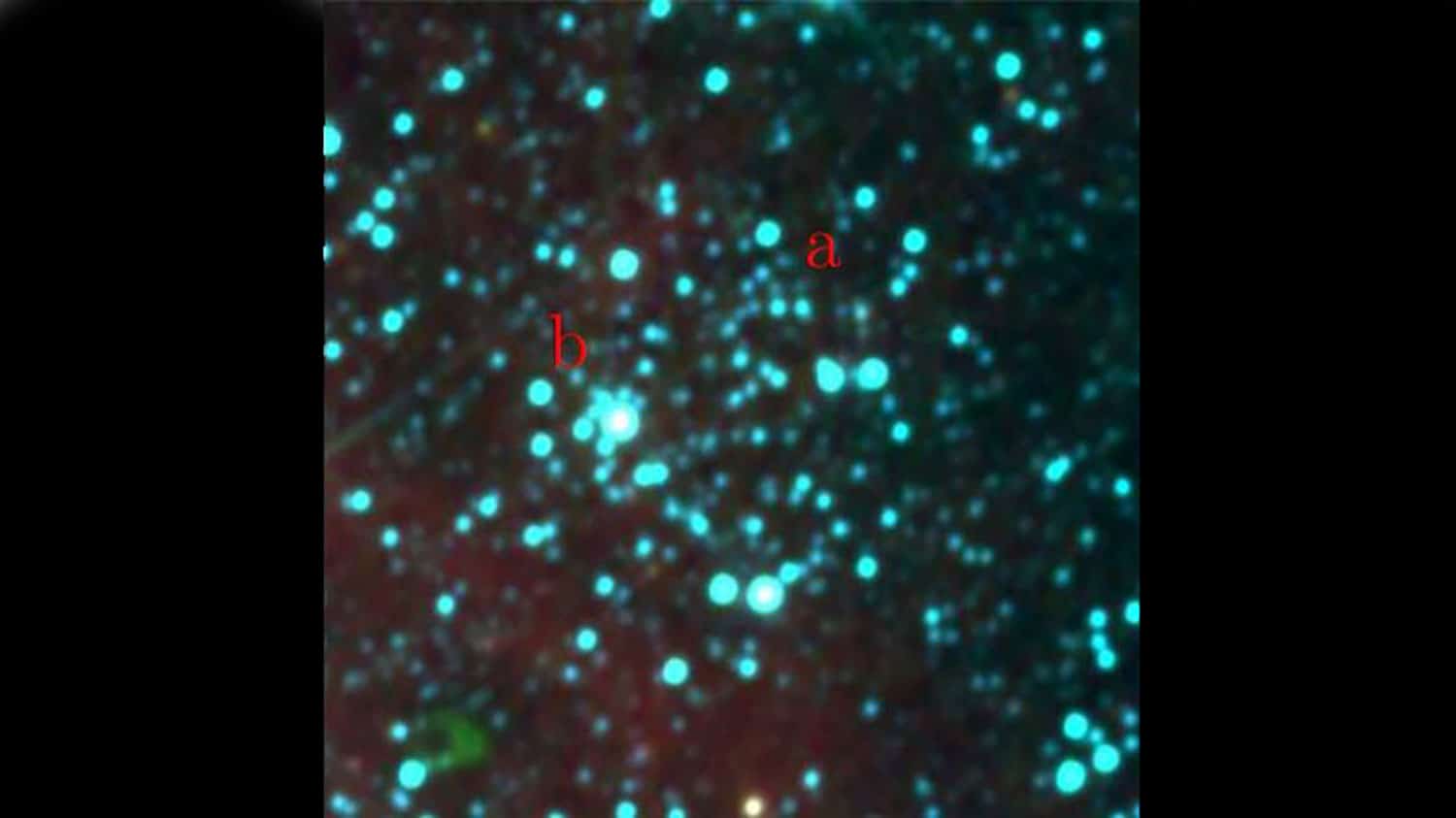Using data from the WISE, 2MASS and GAIA-EDR3, an astrophysicist discovered our Galaxy’s first old binary star cluster. The clusters are known as NGC 1605a and NGC 1605b.
The age of the first cluster is 2 billion years old, whereas the second cluster ages 600 million years old. Both clusters are locked in a gravitational dance that is slowly tearing them apart, leaving smaller clusters and trails of stars in their wake.
Both clusters are located at the same distance from Earth, with a projected separation of only approximately 5.9 light-years between their central cores. These parameters suggest a physical connection, and the age difference point to a formation by tidal capture during a close encounter.
Professor Denilson Camargo of Brazil’s Colegio Militar de Porto Alegre told TechExplorist, “This binary cluster is the by-product of a high-energy close encounter between two old open clusters. In addition, these clusters are undergoing a merger.”
NGC 1605 was used to be believed as an open cluster. But the inspection by Prof. Camargo revealed that NGC 1605 is not a single open cluster. Originally discovered in 1786 by William Herschel, the cluster is located some 8,300 light-years away in the Perseus constellation.
The study offered evidence that NGC 1605 comprises two open clusters: NGC 1605a and NGC 1605b. Both clusters appear to be undergoing a merger during a close encounter, leaving streams populated by bound substructures.
Prof Camargo reported, “In this work, I suggest that during the close encounter stellar groups are been pulled out of the merging clusters by tidal interactions and these substructures are forming new star clusters distributed along tidal streams that trace the two clusters path.”
“This study represents a paradigm shift by demonstrating that during a close encounter of two open clusters, in addition to the evaporation of individual stars from these clusters, stellar groups can be pulled out of them by tidal effects, forming tidal debris distributed along of tidal streams and, surprisingly, some of them may survive as bound stellar systems.”
Journal Reference:
- Denilso Camargo. NGC1605a and b: an old binary open cluster in the Galaxy. arXiv:2109.14664v1 [astro-ph.GA]
